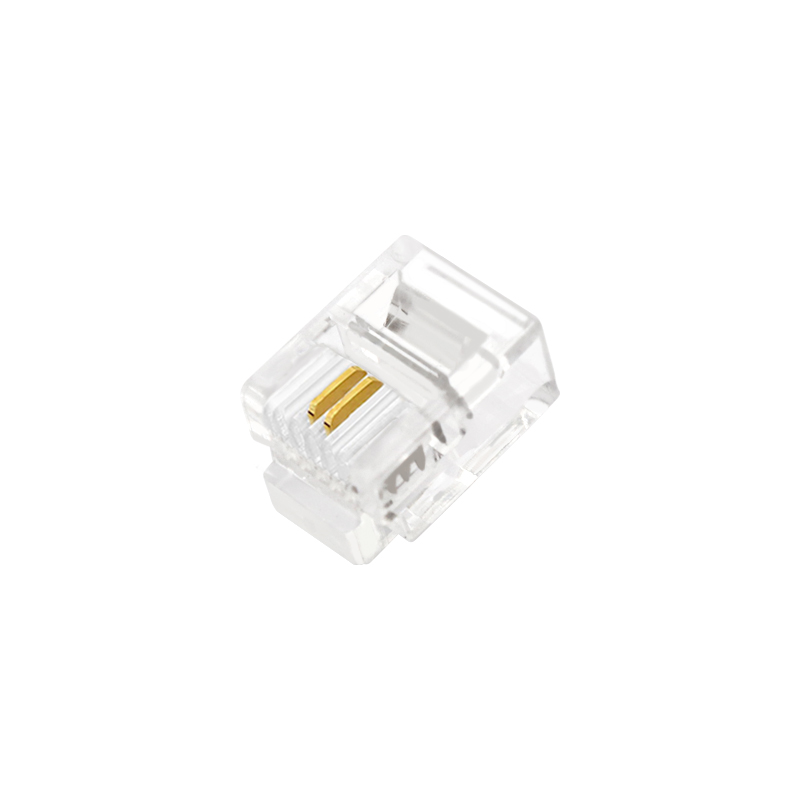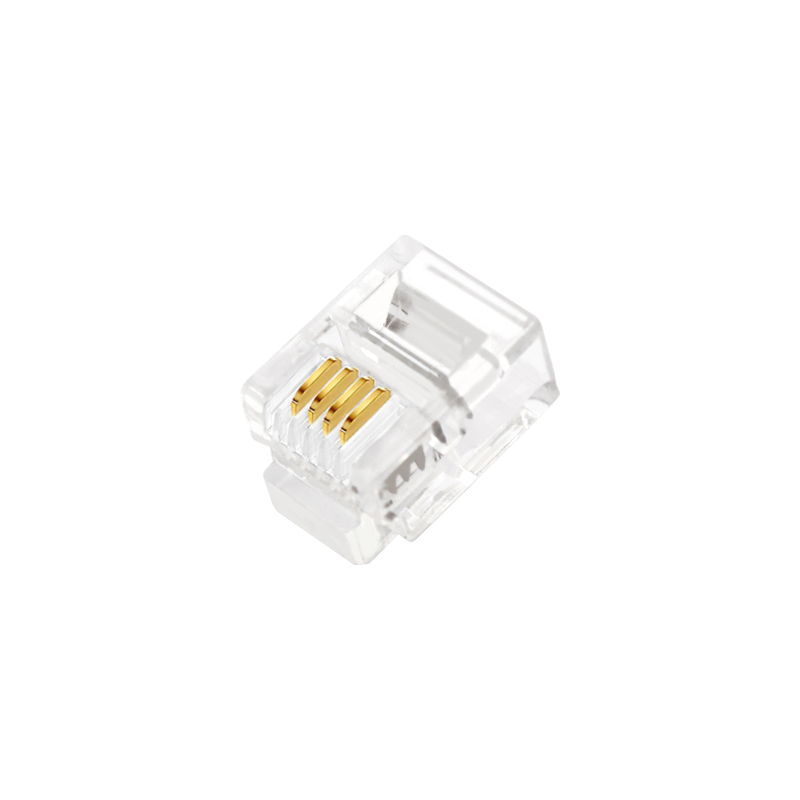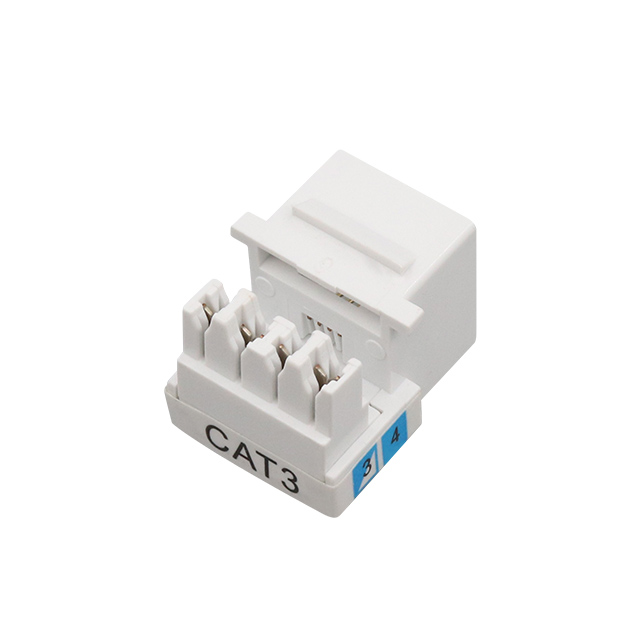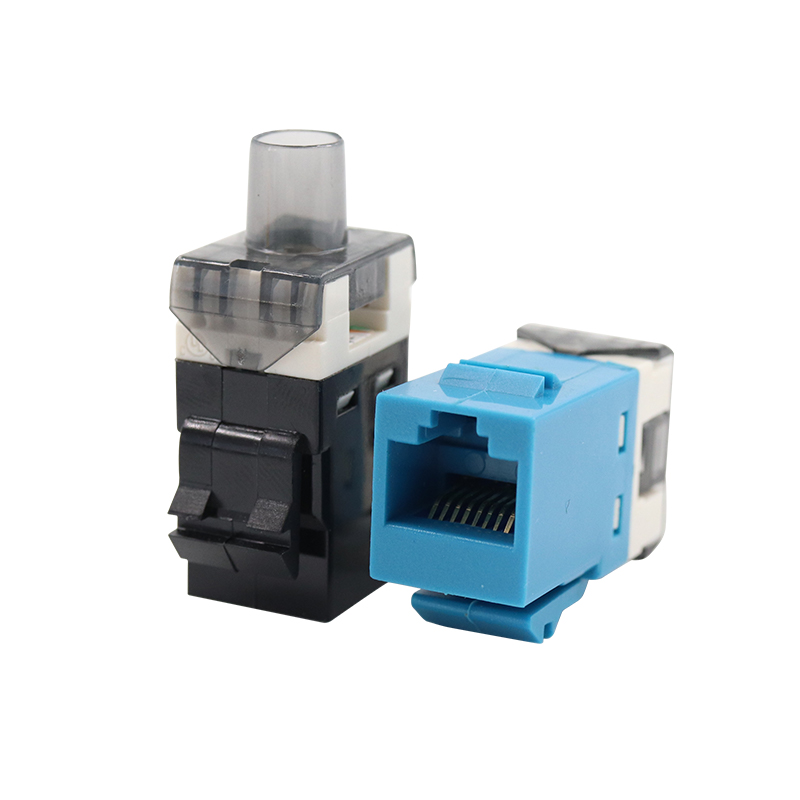How to wire up keystone jacks without special tools?
2025-10-30
Keystone Jack Wiring: Bare-Hands Survival Guide
Content
1. Identifying the Applicable Scenarios (Emergency Repair Only)
Permitted Operations:
• Solid copper wire (common in indoor wiring)
• Cat5e/Cat5e (high tolerance)
• Cat6 and above/shielded wire (must use a punch-down tool)
• Stranded wire (directly cut the wire core at IDC terminals)
2. Alternative Tool Solutions
| Professional Tool | Survival Substitute | Critical Operation Rules | Risk Level |
|---|---|---|---|
| Punch-Down Tool | Flathead Screwdriver + Hammer | • Blade PERPENDICULAR to contact point• Light taps ONLY until wire seats• NO prying! | (Fatal) |
| Wire Strippers | Utility Knife + Fingernails | • Blade at 30° angle to cable• Rotate gently → stop at shielding layer• Peel jacket with nails | (High) |
| Conductor Alignment Tool | Sewing Needle | • Use needle tip to reposition misplaced wires• Never force – snaps conductors | (Medium) |
3. Six-Step Wiring Method
• Forced Stripping: | Utility knife: Make a 2cm circumferential cut on the outer sheath → • Tear open with fingernails (avoid damaging the aluminum foil layer)
• Wire Separation Hell: Sort by T568B: Orange/White/Orange/Green/White/Blue/Blue/White/Green/Brown/White/Brown. Twist the wires apart using your teeth (Do not cut the colored outer layer with a knife!).
• Screwdriver Crimping: Insert the wire core into the corresponding color slot → Press the screwdriver tip against the metal plate → Tap lightly with a hammer once (multiple taps will destroy the wire).
• Residual Wire Handling: Exposed wire ends ≤ 1mm (burn off excessively long wires with a lighter).
• Life-or-Death Test: Connect a mobile phone charger to a network adapter → Connect to a power supply to test for continuity (if the light comes on, the wire has survived).
• Insulation Protection: Wrap the contacts with electrical tape (to prevent short circuits).
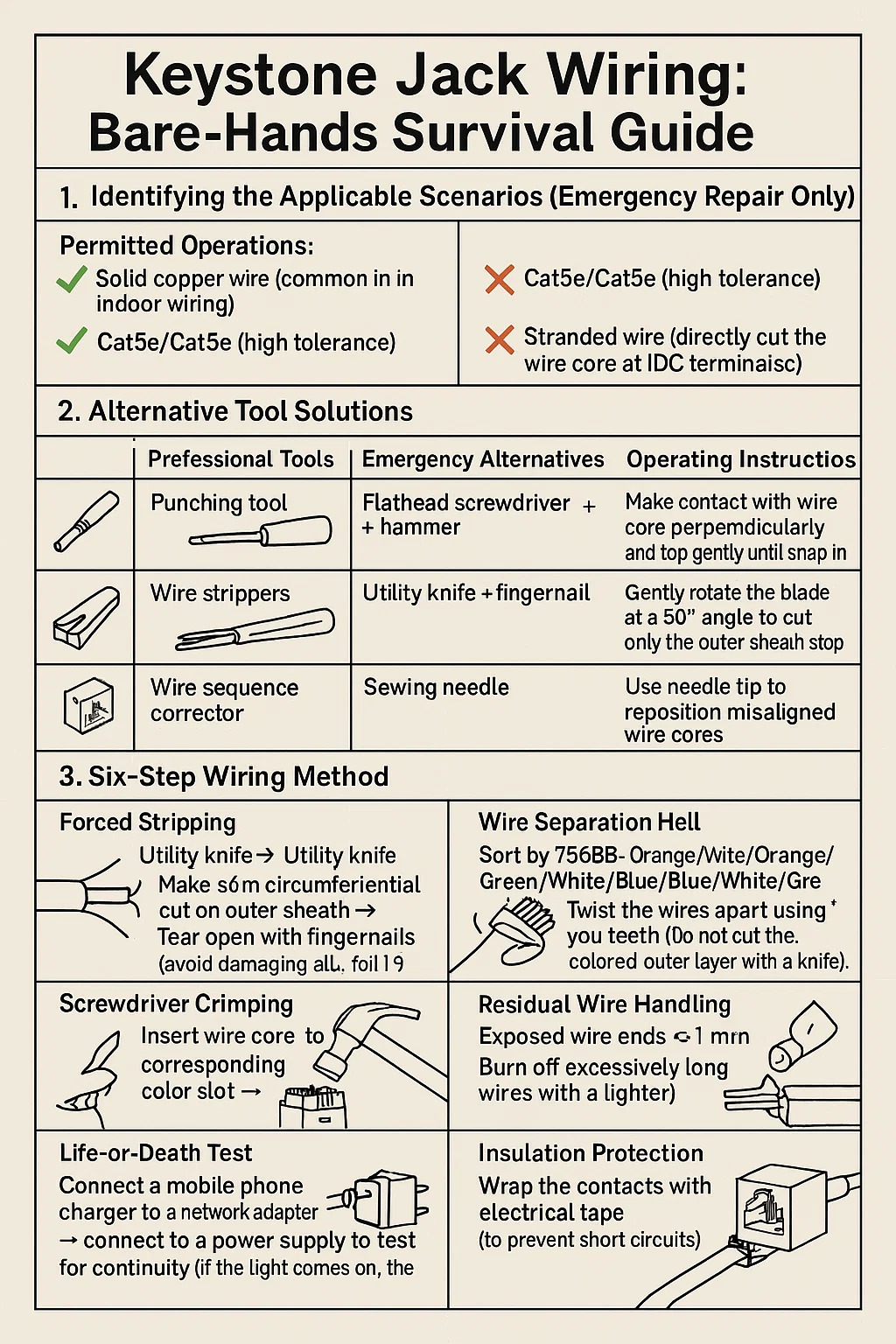
cooperate with PUXIN?
Contact us to find out how our products can transform your business and
take it to the next level.



